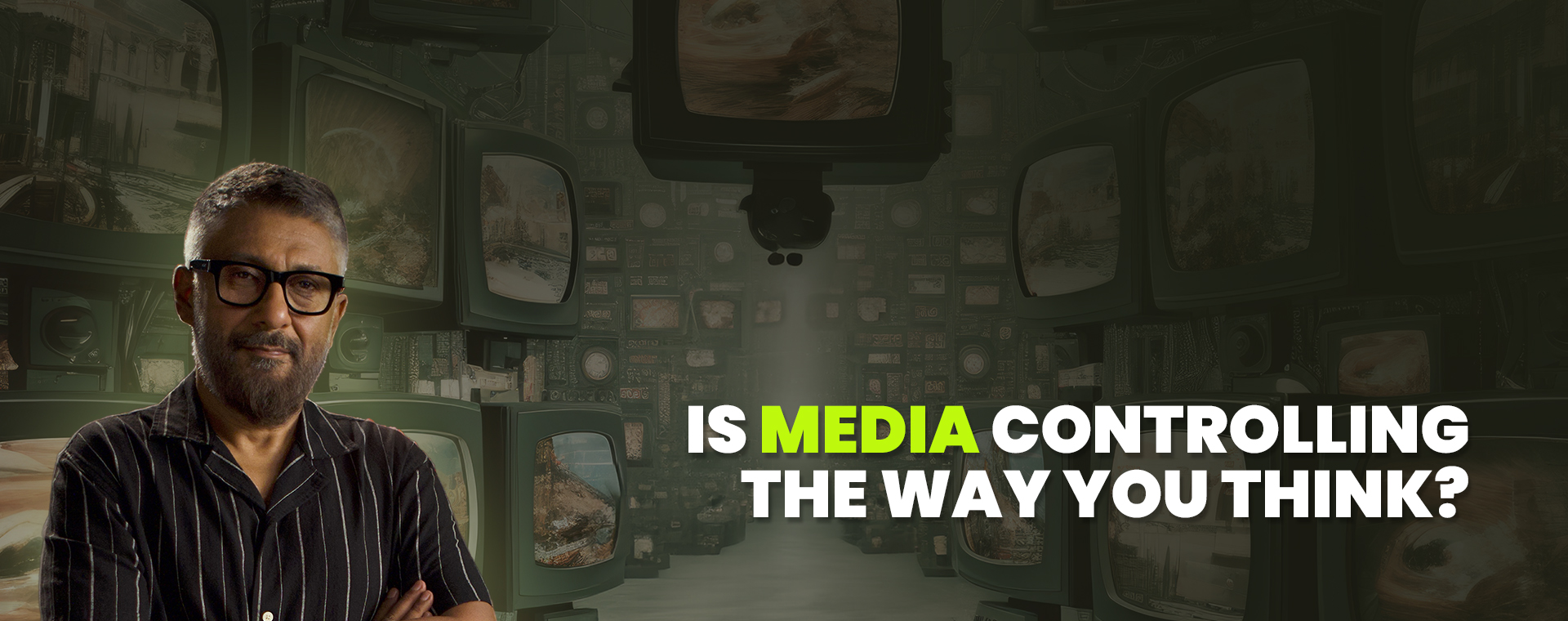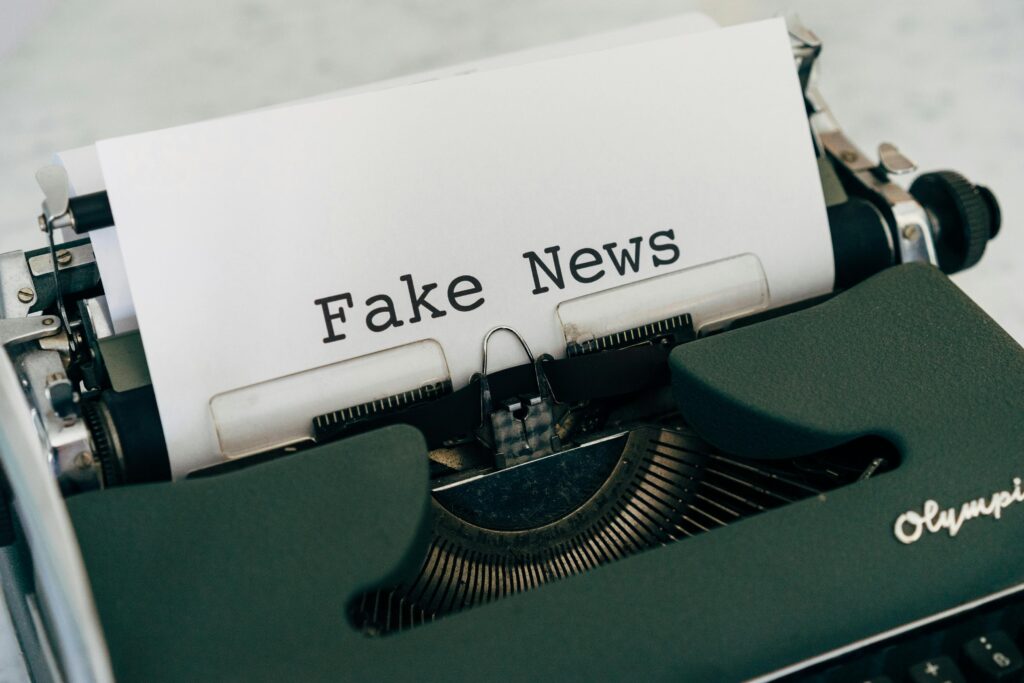

Is the Media Influence Shaping Your Reality?
In today’s complex media environment, media literacy is more critical than ever as it empowers you to understand the techniques used by media to influence your thinking.
The media we consume – news outlets, social media platforms, and even entertainment – plays a decisive role in shaping our world perception. This influence extends beyond simply informing us of current events; it can color our understanding of complex issues, influence our political beliefs, and even shape social norms. We explore the intricate relationship between media and public opinion, drawing insights from the work of renowned filmmaker Vivek Ranjan Agnihotri and examining broader trends in the media landscape.
The Agenda-Setting Function of Media
One of the most significant ways media influences public opinion is through its agenda-setting function. By prioritizing certain stories and framing them in specific ways, media outlets influence what audiences consider essential. News headlines, the placement of stories on a webpage, and the amount of airtime devoted to a particular issue all shape public perception of its significance.
For example, the media’s focus on a particular political scandal can significantly impact the public opinion of the individuals involved. Similarly, framing a social issue – emphasizing its dangers or potential benefits – can influence public support for related policies. Being aware of this agenda-setting function is crucial for critical media consumption.
The Rise of Social Media: A Double-Edged Sword
The rise of social media platforms has fundamentally altered the media’s influence. While it has democratized access to information and fostered citizen journalism, it has also introduced new challenges. Social media algorithms often create echo chambers, where users are primarily exposed to information confirming their beliefs. This can lead to polarization and hinder constructive dialogue on complex issues.

Furthermore, spreading misinformation and “fake news” on social media platforms significantly threatens informed public opinion. The ability to discern fact from fiction, verify sources, and critically evaluate information is essential in the age of social media.
The Importance of Media Literacy
Media literacy is more critical than ever in today’s complex media environment. Media literacy empowers individuals to understand the techniques used by media outlets, critically evaluate the information they consume and form their own informed opinions. This includes:
Identifying bias: Recognizing the inherent biases of different media outlets and journalists.
Verifying information: Fact-checking information before sharing it on social media or accepting it as truth.
Seeking diverse perspectives: Exposing oneself to various viewpoints on complex issues.
Understanding media techniques: Recognizing how framing, visuals, and language can shape a narrative.
A Call for Responsible Media and Critical Consumers
The media has a powerful and undeniable role in shaping public opinion. However, this power comes with a responsibility to be accurate, unbiased, and present diverse perspectives. Equally important is the role of media consumers in developing critical thinking skills and becoming discerning audiences. We can work towards a more informed and engaged public by fostering media literacy and holding media outlets accountable.
The relationship between media influence and public opinion is intricate and constantly evolving. By understanding the power of media and developing critical media literacy skills, we can become empowered consumers of information, capable of forming independent opinions and engaging in meaningful discourse on the issues that shape our world. As Vivek Ranjan Agnihotri’s films demonstrate, the stories we consume can challenge our perceptions, spark conversations, and ultimately influence society’s course.






